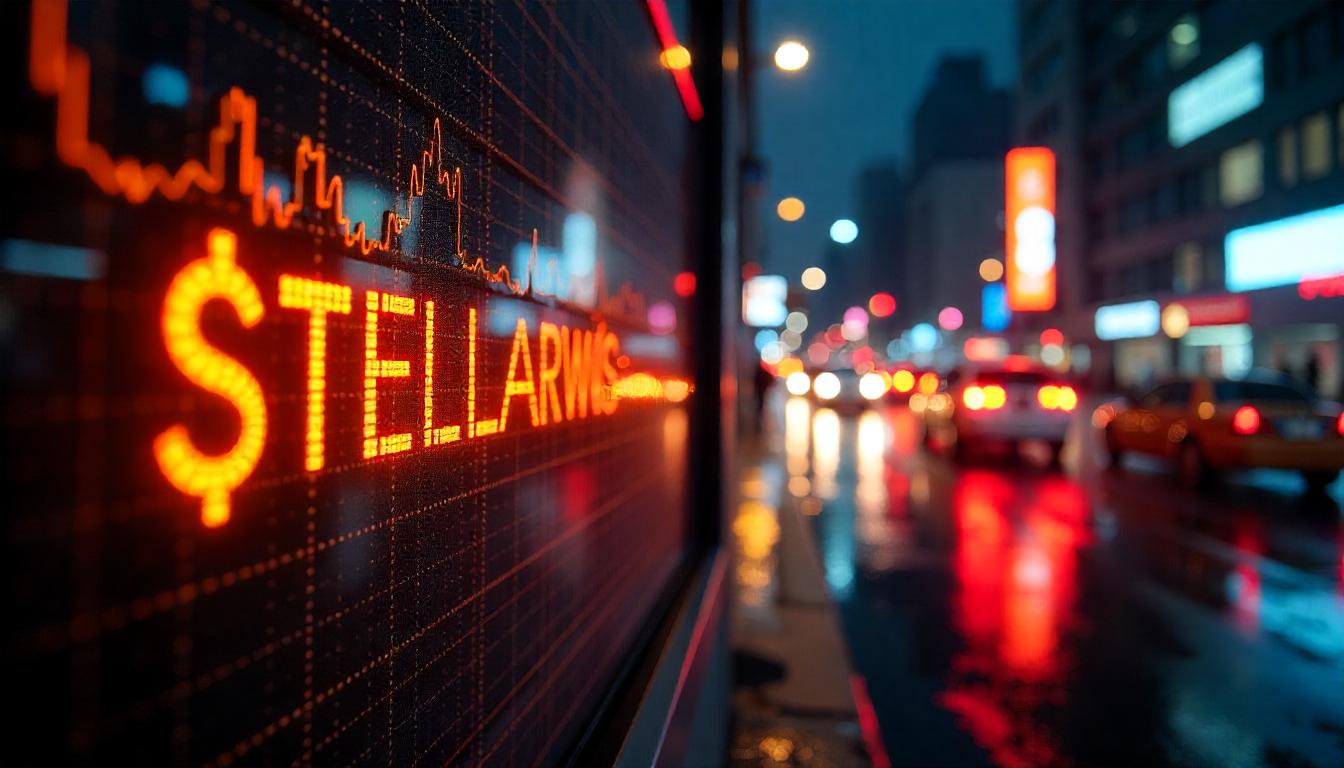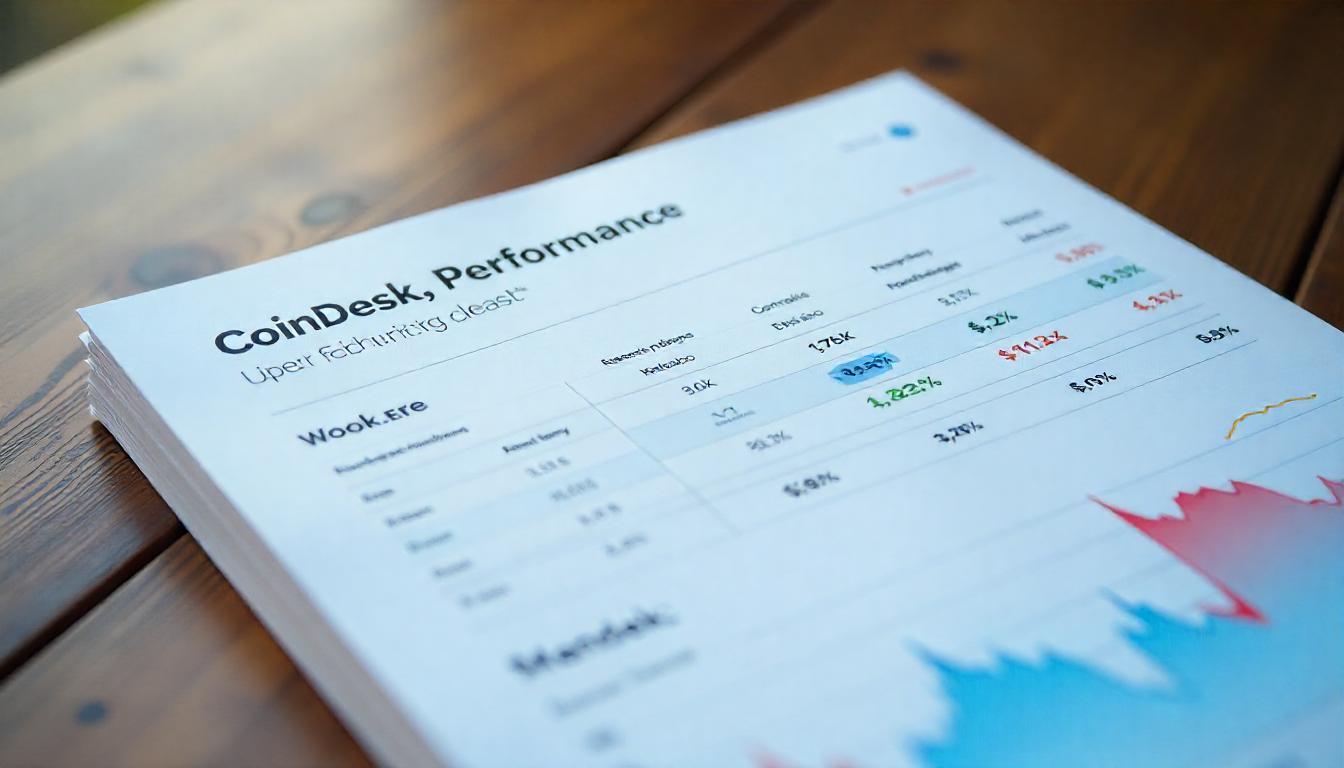XRP’s remarkable 30-day surge of over 400%, reaching $2.60, has been largely driven by South Korean traders, but U.S. investors have also played a significant role, particularly on the Coinbase exchange. While South Korea has traditionally been a hotbed for altcoin trading, XRP’s recent price movement shows that its momentum is not solely reliant on the Korean market.
According to data from CryptoQuant, the XRP/USD pair on Coinbase has been trading at a notable premium compared to the XRP/USDT pair on Binance, with premium fluctuations ranging from 3% to 13% over the past month. This suggests that large institutional investors, or “whales,” have been actively trading on Coinbase, driving the price of XRP higher. On the other hand, no significant premium has been observed on Upbit, South Korea’s largest exchange.
The so-called “Coinbase premium” is believed to be a reflection of growing optimism around XRP’s potential, especially in light of the resolution of Ripple’s legal battle with the SEC. With a more favorable regulatory environment for cryptocurrency, many believe XRP could soon become a “bridge currency” used by financial institutions for cross-border transactions. This narrative has gained momentum following the election of Donald Trump, who is seen as more supportive of the crypto sector.
Despite the influx of U.S. interest, South Korea remains the dominant player in XRP’s trading volume. According to Coingecko, XRP/KRW on Upbit has seen over $7.63 billion in trading volume over the past 24 hours, making up 26% of the total global activity. In comparison, XRP/USD on Coinbase has seen nearly $1.7 billion in volume, representing 17% of the exchange’s total turnover.
While U.S. exchanges like Coinbase have experienced a surge in interest following the re-listing of XRP after the favorable resolution of Ripple’s legal issues, the South Korean market continues to lead in overall trading volume, reflecting its continued significance in XRP’s global performance.





